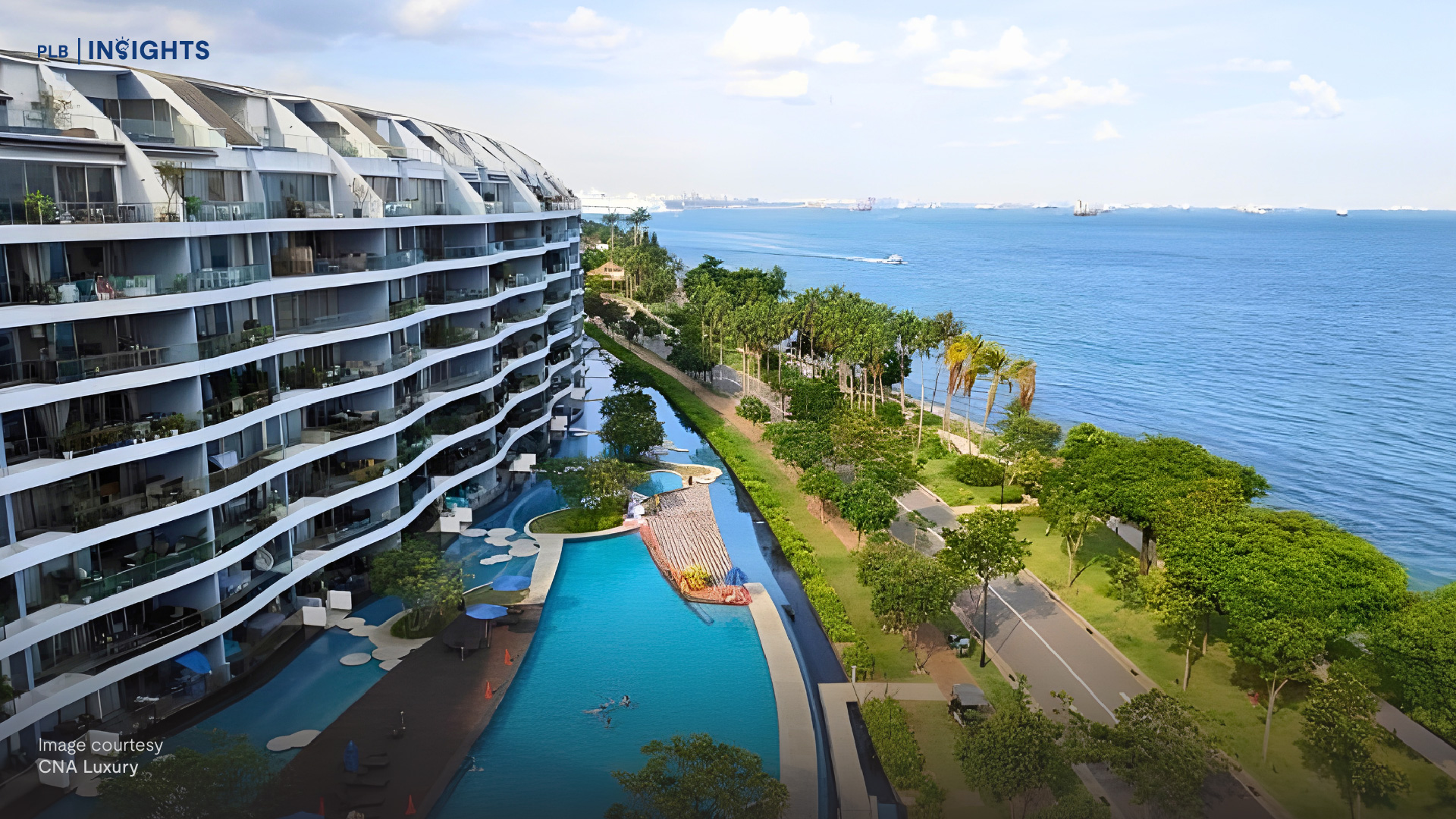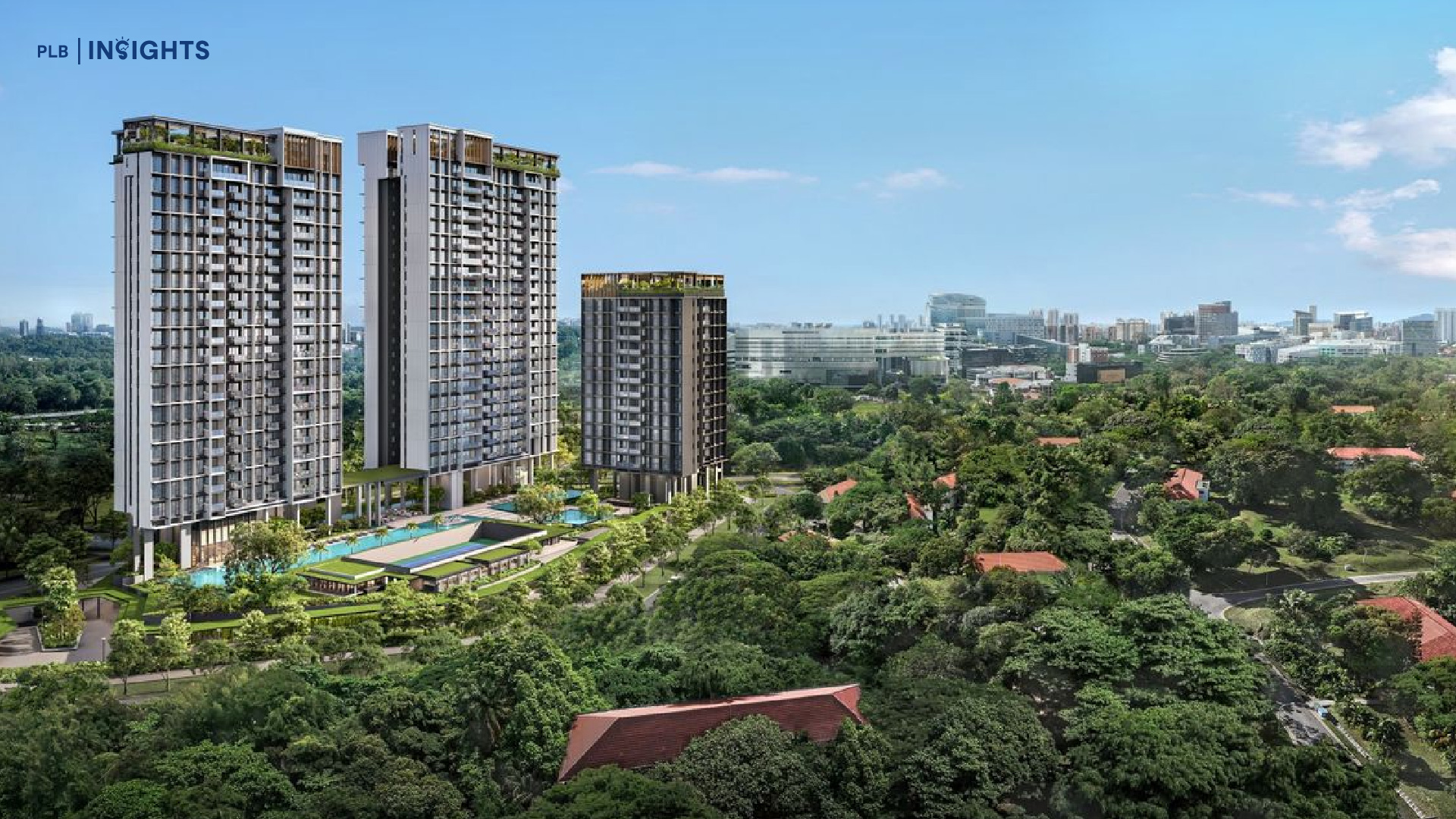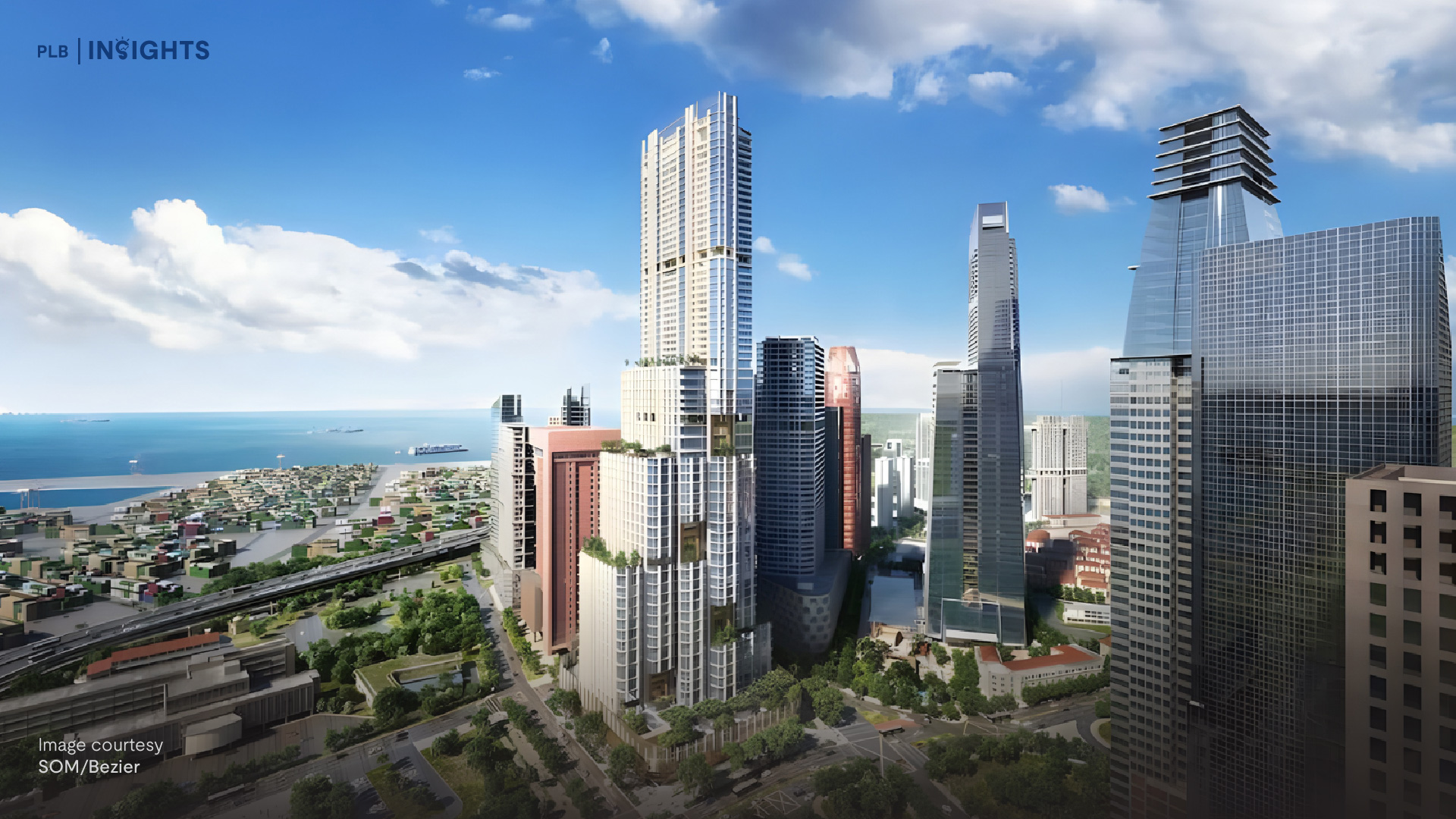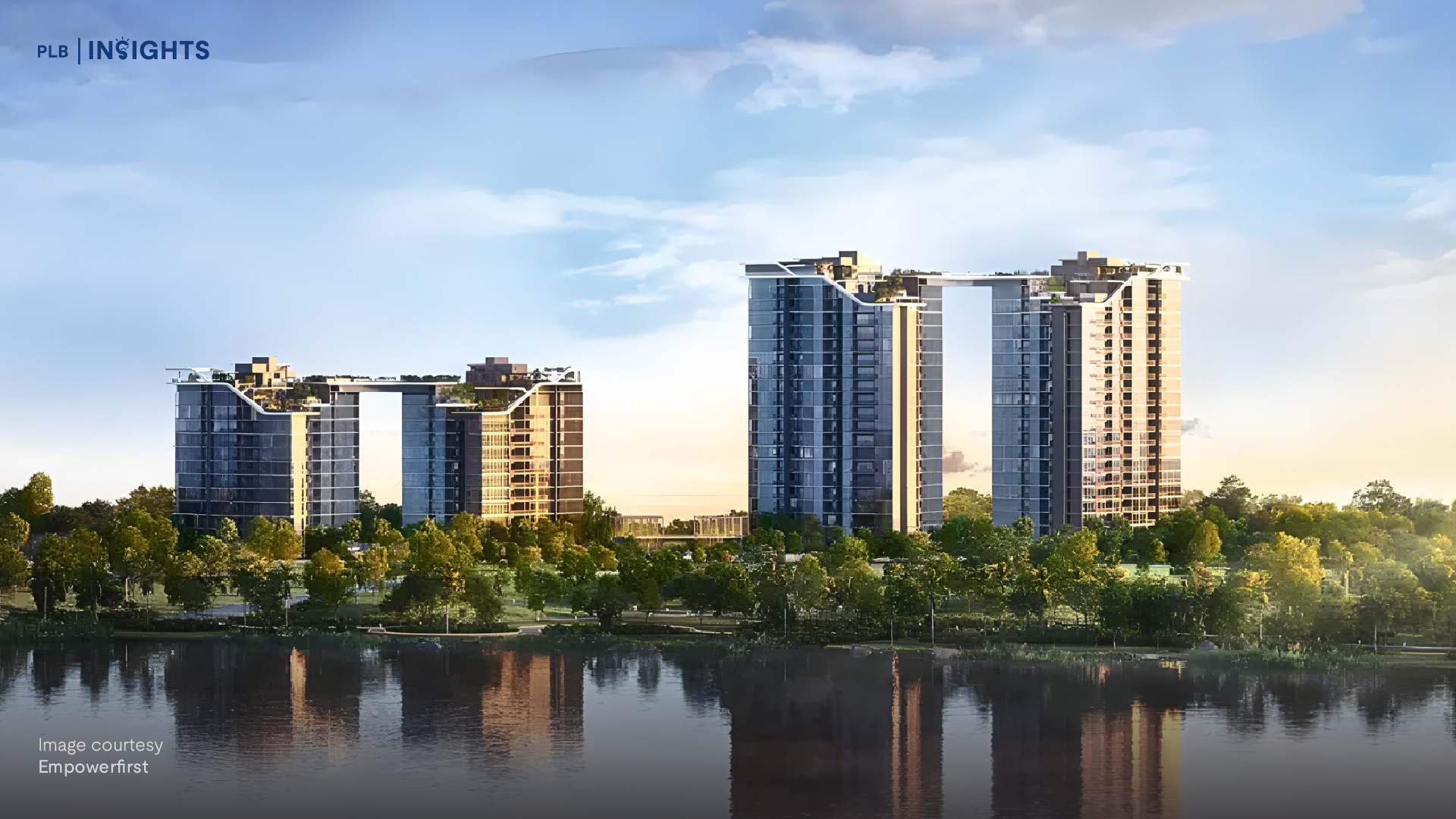You plan to buy a 99-years project, but you are confused. A large-sized development, versus a similar-sized unit in the near vicinity, at a low-rise, smaller development—but a freehold instead. If you can buy either at the same price, which one should you choose?
This is actually a very common concern that we always hear from our buyers and investors who are thinking about investing and going into the property market. What is the key difference between these two types of development?

Small projects give you better privacy, as you have fewer people booking and hogging the facilities. For people who value and enjoy privacy and quietness, you may prefer smaller developments.
On the other hand, big developments usually come with full and bigger condo facilities: sports courts, pools, basement carpark, 24-hour security, and many more.
We point out to two important factors: valuation and volume.
First, what is valuation?
Let’s say, you want to invest in a property, and the seller asks for 1.5 million. Before you put the cheque down, you should give a call to your banker, who will do a rough valuation based on your description of the property’s features and condition. If the banker estimates a valuation of only 1.4 million, the bank will only loan you 80% of the 1.4 million valuation, and you would have to top up the 0.1 million in cash.
Thus, you have to take into consideration the valuation that the bank is willing to match — this is called matching the valuation. If your bank cannot match the actual price, anything above the valuation given by the bank, you would have to pay all in hard cash. The valuation is important, because we want to buy the property at a fair value and not overpay for it.
The valuer estimates the value largely based on the number one factor: past transactions in that development. That being said, if the development is small and there are very few people buying and selling in a given period of time, the valuation will be flat. If a development with only 30 units has had zero transactions in the most recent year, the valuer would have had to take reference from the transactions in the previous year. Relatively stagnant prices will in turn affect the growth rate of the valuation, as compared to a larger development with 600 units, and has volume every month, even if it is 99-years.

For example, in a 99-years development, June 2019, Seller A puts property on the market, and sold it for 1.38 million. In July, another person saw that this caveat was launched at 1.38.
In the same development, similarly-sized Neighbour B managed to sell at 1.4 million.
Another Neighbour C decides to sell for 1.41 million.
This easily goes on, especially in large developments, and because of the volume and frequency of such transactions, growth of prices, and thus valuation, in the large developments, is strengthened.
Valuers then have so many references to take from, as compared to that for a small development. In small developments, the challenge is that there are not many transactions, making each and every transactions extremely previous, and valuation growth is affected.
To conclude, the main distinctions between small and large property developments, are in two factors: 1) Valuation, and 2) Volume. If there are more frequent price movements, there are more opportunities for sales to appreciate, and for the market to pick up.








